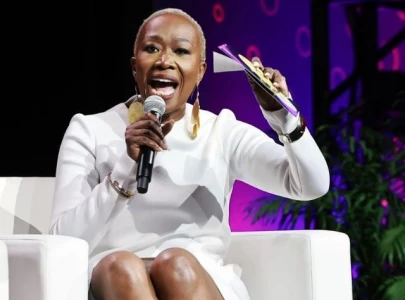
On May 23rd, the Election Commission of Pakistan announced the final voter lists for the polls scheduled for July 25th. According to the lists, there are around 106 million voters in the country, of which 59.2 million are males and 46.7 million females. Over the past couple of years, the Election Commission legislated laws to improve female voter registration and turnout in the process. Legislations like the Peoples’ Representation Act and the Elections Amendment Act 2017 might prove effective to curb cultural barriers in regions where female voters had been barred from voting in the past due to social factors and arrangements between political parties. As on the basis of this law, Lower Dir’s constituency PK-95 polls were scrapped for a re-election as no female voted. The presence of these laws, however, do little to bring the educated, empowered and politically aware females to polling stations, so voting patterns for whom are rather disappointing.
This can be ascertained from the findings of the United Nations Development Programme’s Human Development Report 2018. The report, compiled over the past year, states that as compared to 90 per cent males only 55 per cent of the females intend to cast votes in the future elections. Furthermore, political engagement and affiliations to political parties increase in older age female cohorts but remain low for females of younger age groups as opposed to their male counterparts. While the educated class is aware of its political rights, there exists genders disparity stemming from less of female candidature and few females holding positions secondary to the top within political parties. Male domination has undeniably remained a major reason for keeping female voters at bay. With over 50 political parties fielding only few female candidates and the rest doing away with the ECP’s five per cent of quota for female candidates, the correlation between few female candidates and even lower ratio of female voters is not hard to decipher.
Although this time the ECP will maintain a separate count of the female voters, not much can be expected out of its good-on-paper measures to improve female voter turnout and even more from the political parties that are still not encouraging and welcoming of female candidates and female politicians. The ECP, under its Gender Affairs Wing, has introduced numerous training programmes to enhance female engagement in the electoral process. To enlist a few here, the allotment of gender-sensitised symbols to the political parties, encouraging more women to join the ECP via its programme module ‘Gender and Elections’ and collaborations with non-governmental organisations working in the realm of women’s rights will remain purposeless unless the issue is dealt with at its roots.
Females need to be encouraged towards civil and political participation at an early age. Where over the past few years, male youth of the country has significantly taken over the political picture, females too can be equally active political members as years from now they will emerge as candidates to win in constituencies which have been battlegrounds of seasoned male politicians for decades.
Published in The Express Tribune, July 24th, 2018.
Like Opinion & Editorial on Facebook, follow @ETOpEd on Twitter to receive all updates on all our daily pieces.




















COMMENTS
Comments are moderated and generally will be posted if they are on-topic and not abusive.
For more information, please see our Comments FAQ